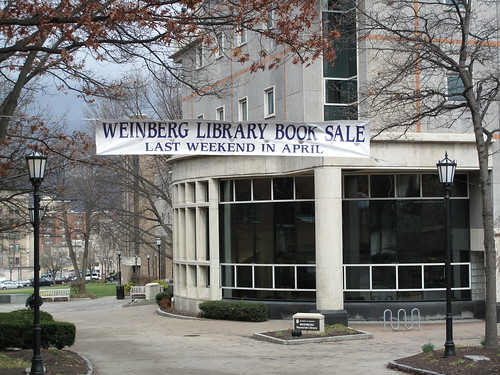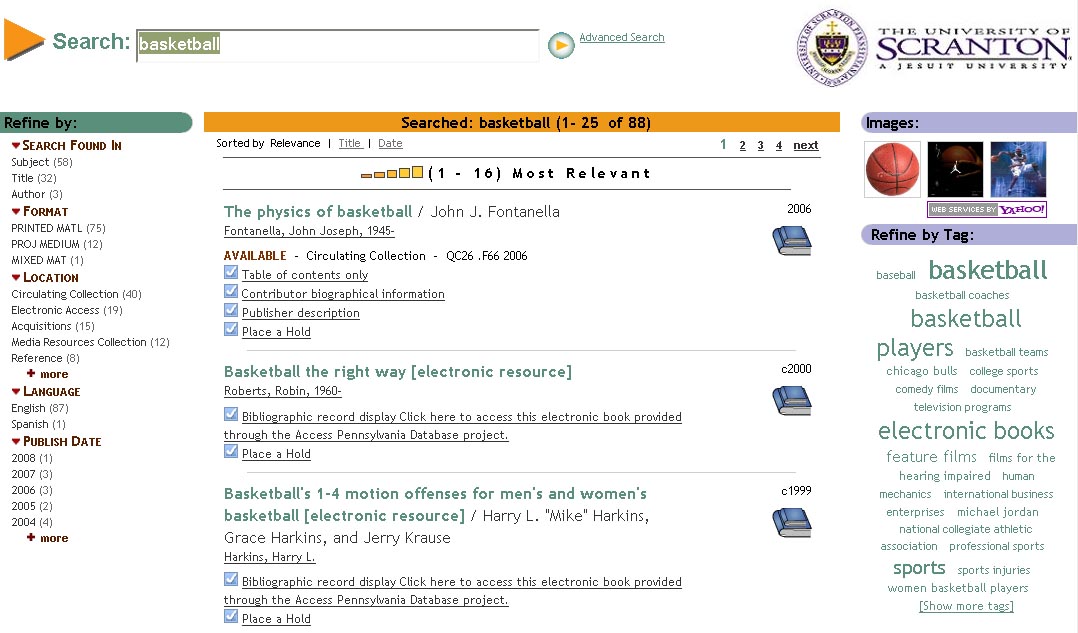What does it mean to be born digital? Maybe it is a question you never considered before. To be born digital means to be a part of the “digital haves” and to have the ability to actively engage in technology that will continue to shape the very future of human civilization. Those of you who are reading this blog are a part of the “Digital Generation,” the generation whose lives were profoundly shaped by technology and continue to be shaped by technology. Whether we realize it or not, the very world in which we live is being shaped by “Digital Natives,” people born after 1980 who grew up using technology and who have shaped the direction and impact that technology plays in our everyday lives. I, myself, am a “digital native” and find it difficult to imagine a world without technology in it and feel that technology affects nearly every aspect of my daily life.
Not everyone in this world is born or becomes a “digital native.” There still exists a digital divide between the digital-haves and the digital have-nots. Only around 1 billion out of the 6 billion people in the world have access to digital technologies (Palfrey & Gassner, 2008). It is this group of people (“Digital Natives”) that is shaping our day-to-day lives and is determining how civilization will advance as a whole. Advancements in technology have led to the creation of new knowledge. It is amazing how technology in its various forms has improved all of our lives in some way over the years.
Are our lives shaped daily by technology, the “digitization” factor? Can you think back to a time in your life where technology played a less prominent role than it does today? Would you refer to those moments of your life as the “dark ages?” Certainly, a “digital native” would not be able to recall many moments where their lives weren’t shaped by technology.
The use of technology continues to shape our lives, yet there are many issues that arise from the use of it. Among the issues are: security, privacy, identity, piracy, and information overload. As we progress in the 21st century, it is important to consider the role that technology will play in our lives. Will we be overly reliant on it or be more moderate in our use of it? Only time will tell how my generation and prior ones will continue to be impacted by technology.
Note: This post was generated as a result of a recent book that I had read titled Born Digital – Understanding the First Generation of Digital Natives by John Palfrey and Urs Gasser which was recently published in 2008. It brings up many important issues that those who were born digital and those who use technology will continue to face throughout the course of their lives. Also important to note, this book is a part of the Weinberg Memorial Library’s book collection (see link above for its record in the catalog).






